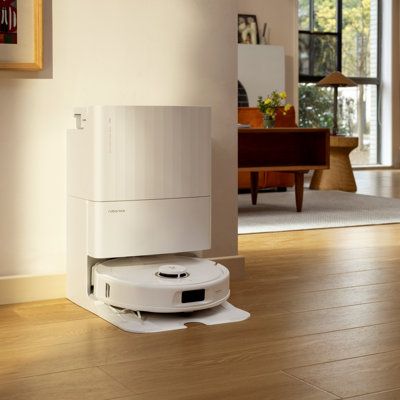The lines between our work and personal lives are more blurred than ever. In a world where work is readily available on your phone, “working hours” are expanding. It’s no surprise that mental health issues can impact everyone. That’s why it’s important to create a sustainable self-care plan to “build yo’ self” versus only indulging in “treat yo’ self” moments once in a while.
To thrive in the workplace, mental health has to become a priority for both employees and employers.
How can employees prioritize their mental health? Driven, hard-working individuals push themselves to the point of being overwhelmed, burned out, and then turn to pampering, particularly women. While massages or pedicures are great, how do you feel 5 minutes after it’s done? How do you feel when you open your phone and see the emails that have piled up? To genuinely do “self-care”, you have to actually take care of yourself. You need a plan. A self-care plan that’s less “Treat Yo’ Self” (a la Donna and Tom in Parks and Rec) and more “Build Yo’ Self” into a stronger, more resilient individual.
Having a self-care plan brings stability, predictability, and meaning to a world that can feel chaotic and out of control. How does a busy person, such as yourself, go about creating a plan that can actually fit into your life?
Start by breaking self-care down into daily, weekly, monthly, and annual self-care that includes not just pampering, but activities that are meaningful to you.
Daily self-care can include planned small breaks or rituals. This could be mindfulness practice, sipping a cup of coffee at a designated time every day, unplugging from your devices, or setting aside time to read something enjoyable. It doesn’t have to be long. Just enough to add that predictable point into your day that is reliably yours.
Weekly self-care might include an exercise plan, a set coffee date with a friend, a long walk, or even setting aside time to clear clutter from your life. Monthly self-care might include a standing night out with friends, or exploring a new restaurant or part of town. Annual self-care might include a retreat, a vacation, going to doctor’s appointments, or reaching a goal you’ve been working toward (like training for a marathon, if that’s your sort of thing).
The important thing is that the activities are 1) personally meaningful to you (no matter what any “Top 10 Stress Busters” article tells you… if hiking isn’t your thing, it’s not going to mean diddly to your mental health) and 2) it must be scheduled. If you don’t schedule your self-care, it’s not going to happen. Period.
Pampering is great, but if you want to “Build Yo’ Self” into a stronger, more resilient person, it’s about more than pampering. It’s about building personally meaningful and healthy activities into your life.
Now, how can employers can prioritize mental health in the workplace?
Employers can take a two-pronged approach. First, attend to organizational issues that impact employee well-being and stress. Employee stress and burnout rates run high when communication channels are not open or clear, expectations are not well defined, or a hostile work environment exists.
Second, explicitly prioritize mental health in the workplace culture by bringing in experts to speak on mental health, offer workshops such as stress management or mindfulness training, or even have mental health services on-site at specified times. Or, if the budget doesn’t allow for such services, normalize mental health by speaking more openly about the importance of mental health, encourage employees to attend to their mental health, and actively reduce the stigma that often surrounds mental health issues.
There are two growing current trends that are reducing the stigma of mental health in the workplace. First, millennials are far more likely to be open about their mental health, to seek help, and are far outspending previous generations on self-care services and goods. Second, the tech industry, in particular, has recognized benefits that attract and retain good employees. The tech industry has been an innovator when it comes to employee benefits, such as on-site gyms, yoga classes, massage services, flexible work schedules, greater opportunities for remote work, increased (or even unlimited) vacation days, and greater parental leave. While many of these “perks” are not explicitly aimed at employee mental health, they do, however, provide employees the flexibility and resources needed to strike better work-life balance, attend to personal needs, necessary appointments (e.g., doctor or therapy appointments) and family responsibilities. Many employers see these perks as having demonstrable return on investment (ROI), namely talent attraction and retention. And there’s no doubt that has a huge impact on the bottom line.
Mental health has been regarded as a “Treat Yo’ Self” activity, when in reality it’s one of the most important “Build Yo’ Self” activities anyone can do. It’s important that we all see its value both for ourselves and for those who depend on us and take steps towards practical, effective and lasting self-care.
The above information is not meant to be a substitute for medical advice. If you are experiencing any of these symptoms, please contact your healthcare provider immediately. If you are looking for a mental health provider but don’t know how to find someone, you can always reach out to WMN / WRK, which is a curated network of vetted professionals who are committed to helping women thrive. If you are experiencing thoughts of suicide or hopelessness, know that you are not alone and please contact your healthcare provider immediately or contact the National Suicide Prevention Lifeline (1-800-273-8255), which offers free support and resources.






